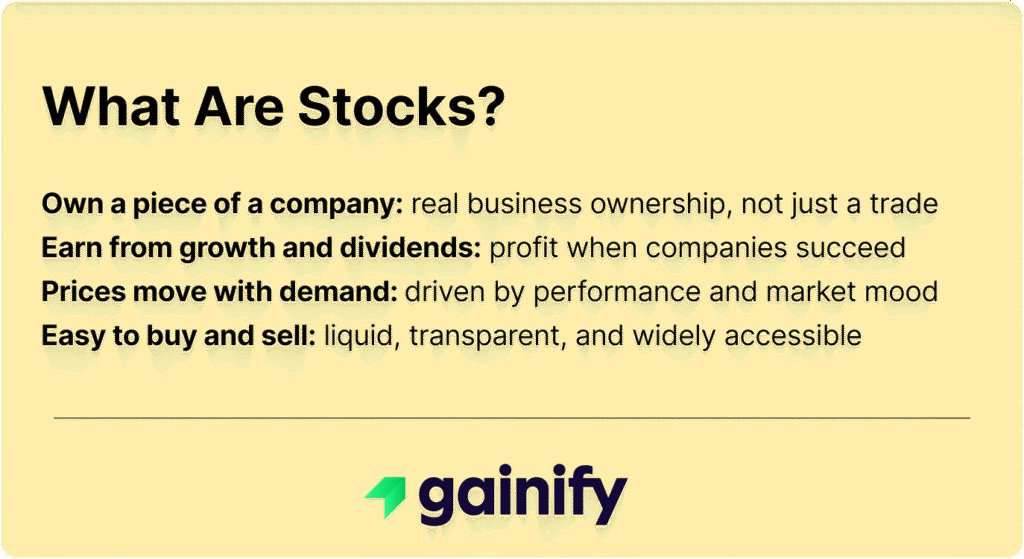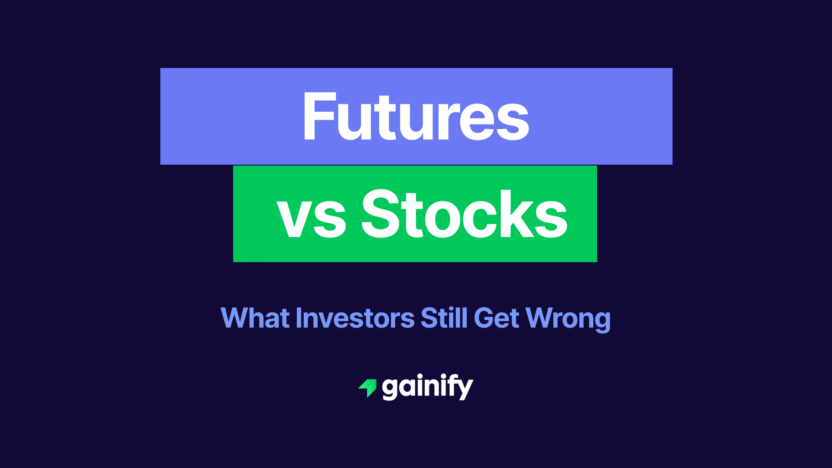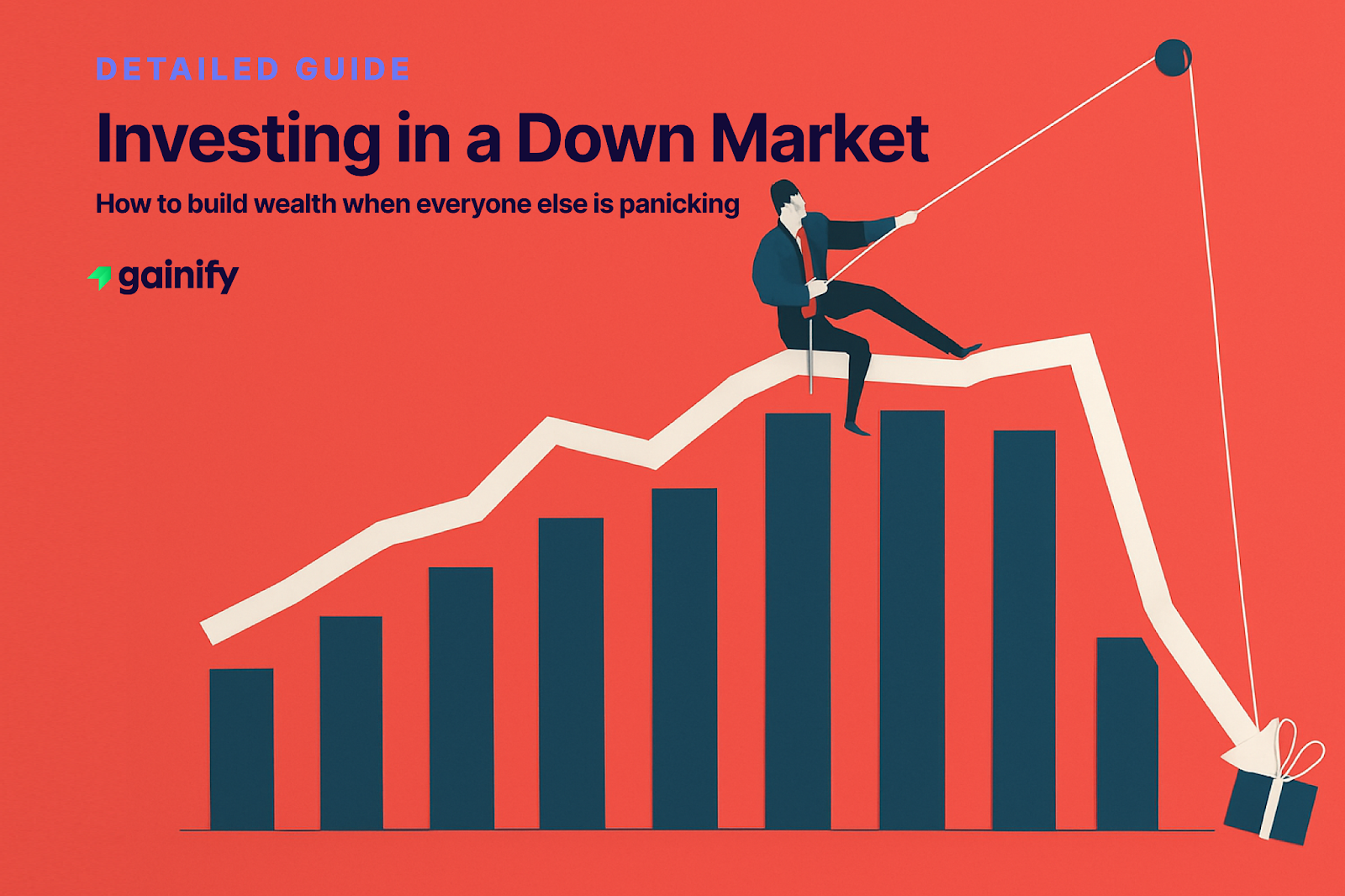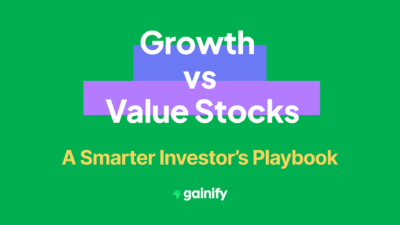In today’s fast-moving markets, investors have more ways than ever to trade and build wealth.
Artificial intelligence, online brokerages, and global access to derivatives have made sophisticated strategies available to everyone.
Yet one of the biggest questions for modern traders remains simple: should you trade FUTURES or invest in STOCKS?
Both are powerful tools for growing wealth, but they serve very different purposes. Stocks are about owning a piece of a company and benefiting from its long-term success. Futures are about predicting the direction of an asset’s price and often doing so with leverage and precision.
Understanding how Futures vs. Stocks differ in purpose, structure, and risk is essential before deciding which approach best fits your investment goals.
Highlights of This Article
- Stock investing remains the foundation of long-term wealth creation, supported by strong ETF inflows, steady dividends, and broad participation through fractional shares.
- Futures provide leverage and precision, giving traders tools to hedge risk or capitalize on short-term price movements with limited capital.
- Stocks deliver ownership and compounding power, rewarding investors through earnings growth and reinvested dividends over time.
- Futures trading volumes hit record levels in 2025, with AI-driven systems and 24-hour global access pushing activity up nearly 20 percent year over year.
- The best-performing portfolios combine both, using futures for flexibility and tactical positioning while keeping core exposure in high-quality equities for stability and growth.
What Are Stocks?
Stocks represent ownership in a company. When you buy a share of a business like Apple, Microsoft, or Coca-Cola, you are buying a small piece of that company. If it grows and earns more profits, your investment value typically rises.
Owning stocks gives you a claim on a company’s earnings, assets, and dividend payments. Most investors buy and hold stocks to build wealth gradually through capital appreciation, reinvested dividends, and long-term compounding over time.
Example:
If you buy 100 shares of Apple (AAPL) at $180 and the stock climbs to $220, you make $40 per share, or $4,000 in profit, plus any dividends paid during that period.
Stocks are generally best suited for investors who want to participate in long-term economic growth with lower day-to-day complexity.

What Are Futures?
Futures are contracts between two parties to buy or sell an asset at a set price on a future date. They do not represent ownership like stocks do. Instead, they are financial agreements that let traders speculate on the future direction of prices or hedge existing positions.
These contracts trade on organized exchanges such as the CME Group and cover a wide range of assets, including:
- Stock indexes: S&P 500, Nasdaq, Dow Jones
- Commodities: Crude oil, gold, copper, and wheat
- Currencies: Euro, Yen, and Bitcoin
- Interest rates: Treasury bonds and Eurodollar futures

Typical Characteristics of a Futures Contract
Each futures contract has standardized features that make it easy to trade globally:
Feature | Description |
Underlying Asset | The commodity or financial instrument the contract represents (for example, S&P 500 Index, oil, or gold). |
Contract Size | The amount of the asset covered by one contract. For example, one S&P 500 futures contract represents $50 times the index value. |
Expiration Date | The date the contract settles or expires, often monthly or quarterly. |
Price and Tick Size | Futures move in standardized increments called “ticks.” Each tick has a monetary value. |
Margin Requirement | Only a small percentage of the total contract value must be posted as collateral, giving traders leverage. |
Settlement | Some contracts settle in cash (like stock index futures), while others require physical delivery (like oil or wheat). |
Example:
If the S&P 500 index is at 5,000, one futures contract represents $250,000 in notional value (5,000 × $50). With margin requirements around 10%, you might only need $25,000 to control that position. A 1% move in the index could mean a $2,500 gain or loss.
This leverage makes futures extremely powerful but also risky.
Futures vs Stocks: Key Differences
Feature | Stocks | Futures |
What You Own | Ownership in a company | Contract to buy or sell an asset |
Leverage | Typically none | High leverage, small margin deposit |
Expiration | None | Fixed expiration date |
Trading Hours | Regular exchange hours | Nearly 24 hours |
Risk | Limited to investment | Losses can exceed initial capital |
Profit Source | Price increase and dividends | Price movement only |
Typical Use | Long-term investment | Short-term trading or hedging |
How Futures and Stocks Generate Profits
Stocks: Investors profit through capital appreciation, dividends, and long-term compounding. The focus is on steady growth.
Example: A $10,000 investment in Microsoft held for 10 years might grow to $50,000 through rising earnings and reinvested dividends.
Futures: Traders profit from price changes over shorter time frames. Because positions are leveraged, small moves can lead to large gains or losses.
Example: If you buy a crude oil futures contract at $80 and it rises to $82, you might earn $2,000, since each $1 change represents $1,000 per contract. But if oil falls by $2, you lose the same amount.
Advantages of Trading Futures
- Leverage and Efficiency – Control large positions with a small upfront margin.
- Hedging Power – Protect portfolios against downside risk by shorting index or commodity futures.
- 24-Hour Market Access – Trade nearly around the clock, even when stock markets are closed.
- Global Diversification – Gain exposure to commodities, currencies, and global indices not available through regular equities.
Advantages of Investing in Stocks
- Ownership and Dividends – Stocks offer equity ownership and potential income through dividends.
- Compounding Growth – Reinvested profits and dividends build wealth steadily over time.
- Transparency and Regulation – Public companies are required to disclose financial performance.
- Unlimited Holding Period – Stocks can be held indefinitely without expiration or rollover risk.
Futures vs Stocks in 2025
In 2025, both markets are thriving, but for very different reasons.
Futures trading volumes have expanded globally, driven by institutional risk management, algorithmic strategies, and nearly 24-hour market access. The CME Group reported record average daily volumes of around 8.8 million contracts in the first quarter, up 19 percent year over year. In the Asia-Pacific region, futures activity climbed roughly 30 percent in the second quarter compared with the prior year, reflecting a surge in participation from hedge funds and proprietary trading firms.
Stock investing, on the other hand, remains the cornerstone of long-term wealth creation. The continued growth of fractional shares and low-cost index ETFs has opened equity markets to millions of new investors. By mid-2025, global ETF inflows reached approximately 900 billion dollars, up about 25 percent from the same period in 2024, underscoring sustained confidence in diversified equity ownership.
Bottom Line
Futures and stocks play distinct yet complementary roles in modern investing. Futures deliver speed, leverage, and precision for those managing risk or seeking tactical opportunities. Stocks, in contrast, represent ownership, stability, and the compounding engine of long-term wealth creation.
For most investors, the strongest approach blends both — using futures strategically for hedging or short-term positioning, while keeping the foundation of a portfolio anchored in high-quality equities.
Understanding how these two instruments interact is what separates short-term speculation from structured strategy. The investors who master both can navigate modern markets with greater confidence, adaptability, and focus on lasting results.




